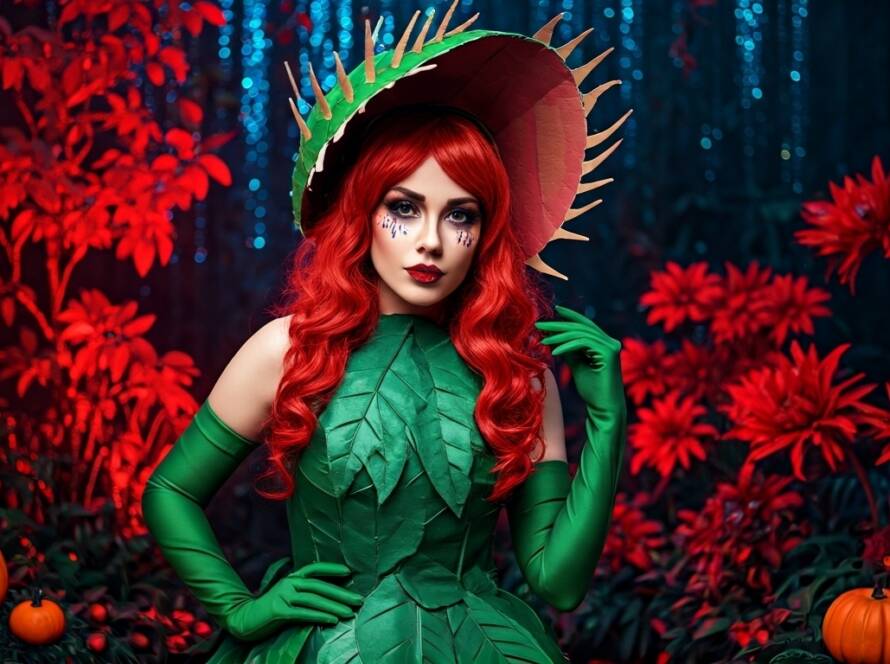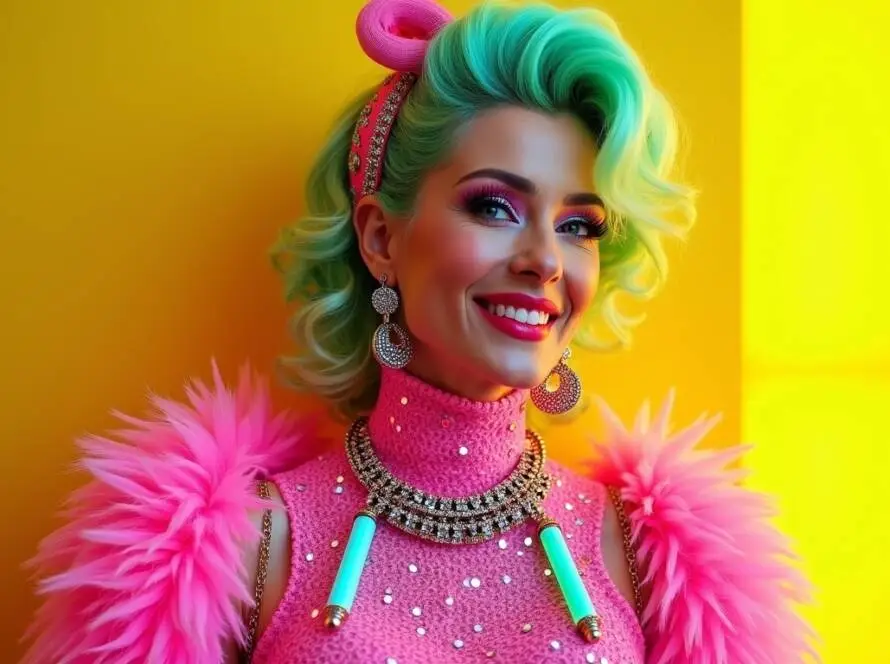Gargoyles
Gargoyles and Halloween share a fascinating connection, primarily through their historical and cultural significance. Here’s a look at how they relate:
Origins and Function
- Ancient Roots: The concept of gargoyles dates back to ancient civilizations, including the Egyptians and Greeks, who used similar designs for water drainage. However, the term “gargoyle” comes from the French word “gargouille,” meaning “throat” or “gullet,” referring to the water-spouting function.
- Gothic Architecture: Gargoyles became prominent during the Gothic architectural movement in the 12th century. They adorned cathedrals like Notre-Dame in Paris and were often intricately carved to depict various figures, including animals, humans, and mythical creatures.
Symbolism and Purpose
- Protective Spirits: In medieval times, gargoyles were believed to be protectors against evil spirits and demons. Their grotesque forms were thought to scare away malevolent forces, safeguarding the sanctity of the church and its followers.
- Moral Lessons: Many gargoyles depicted scenes of sin and virtue as visual reminders of moral lessons for the largely illiterate population. They were a way to communicate religious teachings and the consequences of immoral behavior.
The Connection to Halloween
Aesthetic Appeal
- Eerie Imagery: Gargoyles’ frightening and often grotesque appearance makes them a natural fit for Halloween. Their association with the supernatural and the macabre aligns perfectly with the holiday’s themes of fear and the unknown.
- Decorative Elements: Many people incorporate gargoyle decorations into their homes and yards during Halloween. These can range from small figurines to large, elaborate displays that create a spooky atmosphere.
Cultural Significance
- Folklore and Mythology: Gargoyles are often linked to various myths and legends, which can be explored during Halloween storytelling. They are sometimes depicted as guardians of ancient secrets or as beings that come to life at night, adding to their mystique.
- Haunted Locations: Many historic buildings featuring gargoyles are rumored to be haunted, making them popular destinations for ghost tours and Halloween events. The combination of architecture, history, and the supernatural creates an engaging experience for those interested in the paranormal.
Modern Interpretations and Celebrations
Popular Culture
- Media Representation: Gargoyles have been featured in numerous films, TV shows, and books, often portrayed as protectors or as part of darker narratives. The animated series “Gargoyles” (1994-1997) reimagined these creatures as heroic figures, blending mythology with modern storytelling.
- Video Games and Comics: Gargoyles appear in various video games and comic books, often as characters with unique abilities or as part of a larger fantasy world. Their enduring popularity in pop culture keeps them relevant, especially around Halloween.
Halloween Costumes and Events
- Costume Ideas: Gargoyle-inspired costumes are popular during Halloween, allowing individuals to embody these mythical creatures. Costumes can range from simple representations to elaborate outfits with wings and stone-like makeup.
- Haunted Attractions: Many haunted houses and Halloween events incorporate gargoyle themes, using them as part of the decor or as characters within the storyline. This enhances the spooky atmosphere and engages visitors in the experience.
Conclusion
Gargoyles, with their rich historical background and symbolic significance, have become an integral part of Halloween culture. Their eerie aesthetic, combined with their role as protectors against evil, makes them a fitting representation of the themes associated with the holiday. As Halloween continues to evolve, gargoyles remain a captivating element, bridging the gap between history, mythology, and modern celebrations. Whether through decorations, costumes, or storytelling, they contribute to the enchanting and spooky spirit of Halloween.
Disclaimer:
The information provided in this blog is for informational purposes only and should not be considered professional advice. While we strive to provide accurate and up-to-date information, we make no guarantees about the completeness or reliability of the content. Any actions you take based on the information in this blog are at your own risk. Additionally, this blog may contain affiliate links, and we may earn a commission from purchases made through those links.




